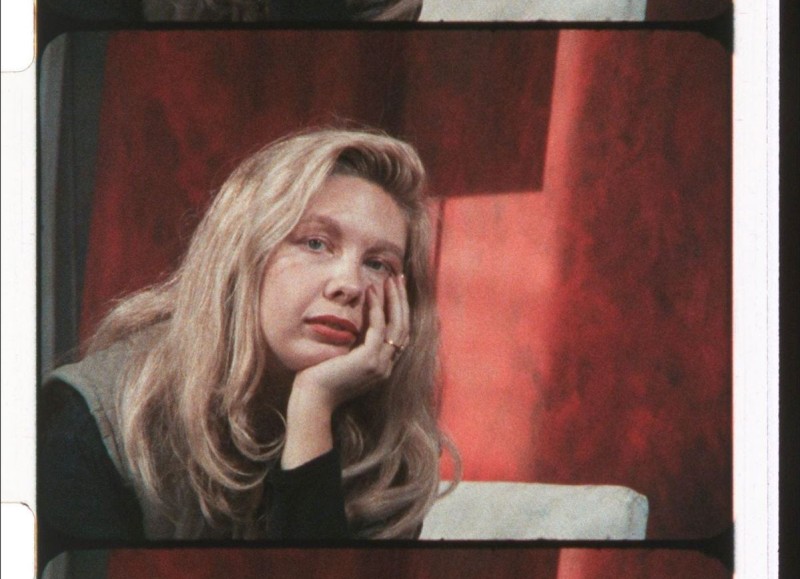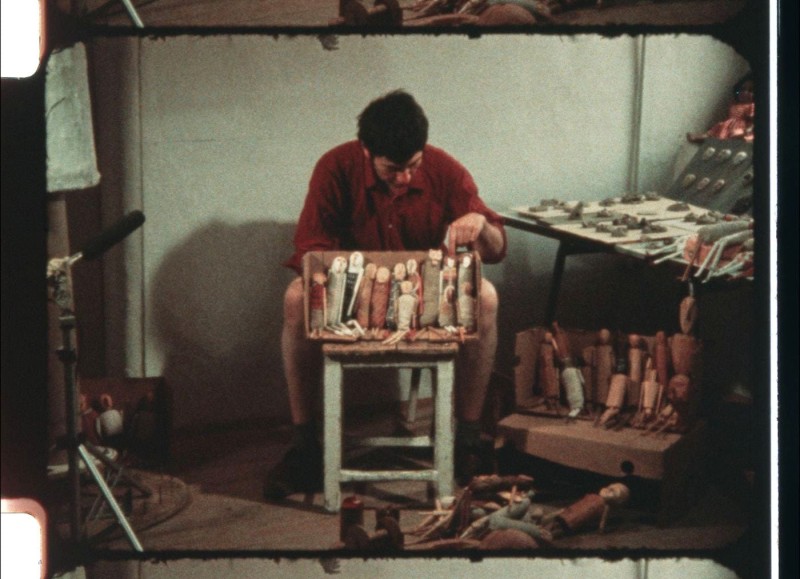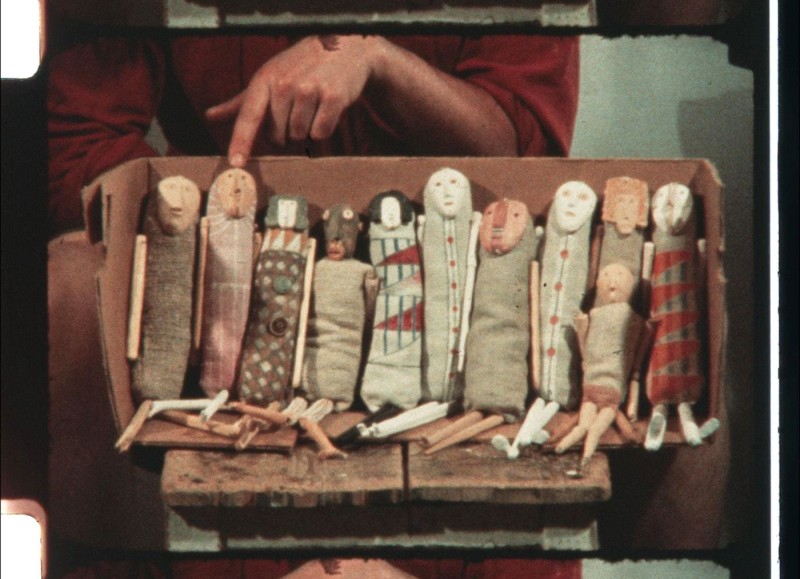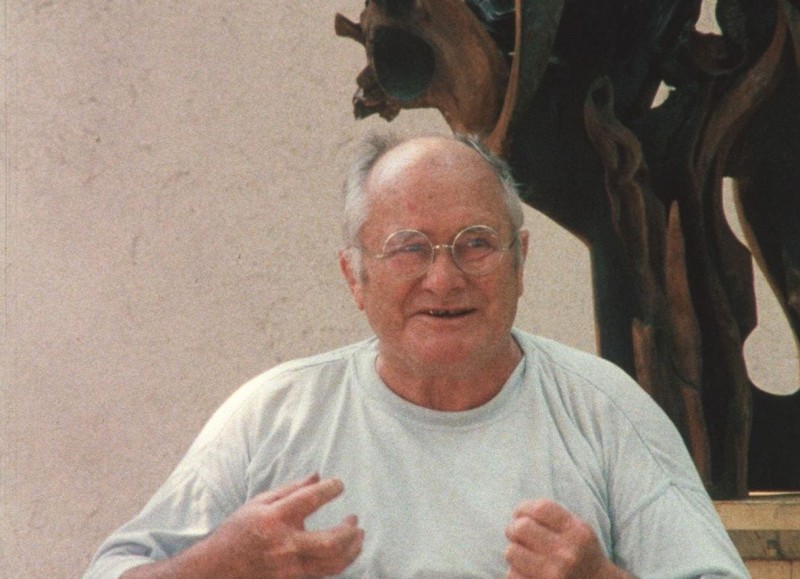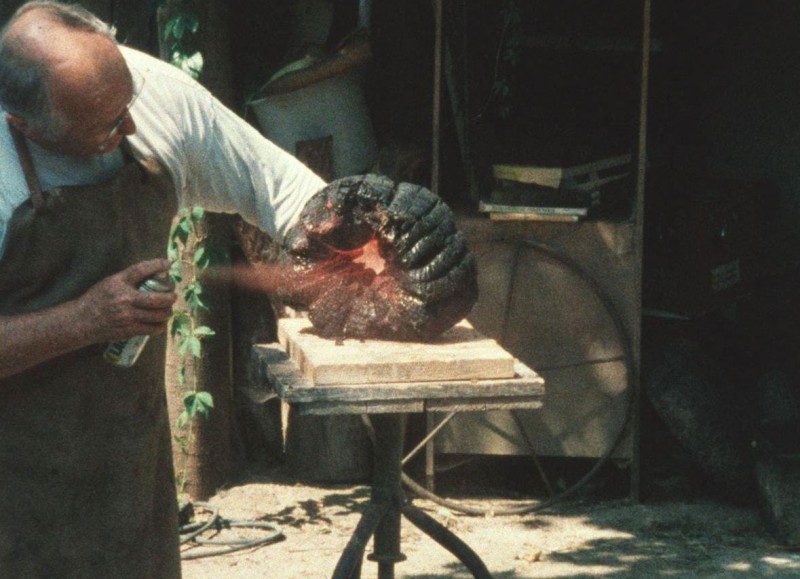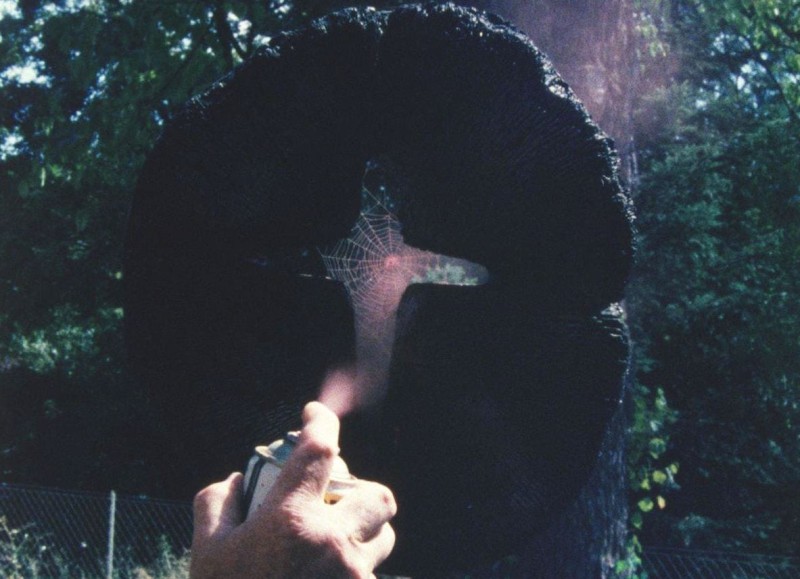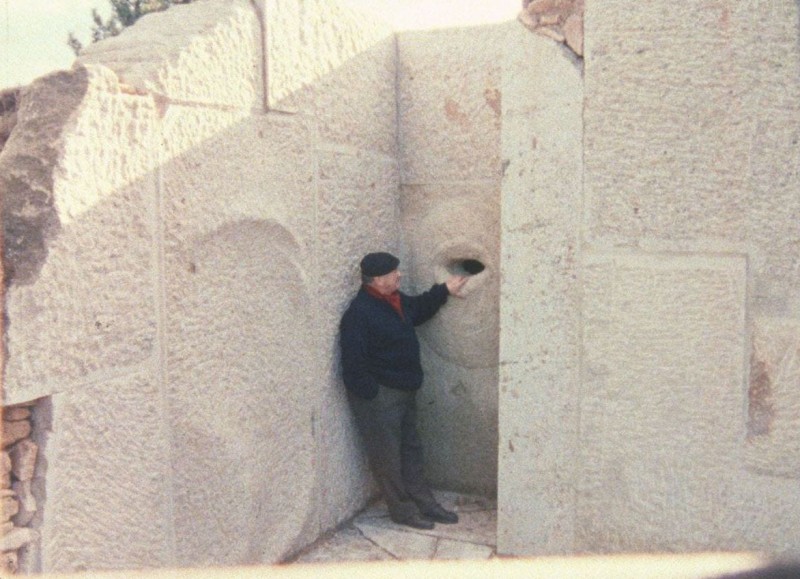In 2021, the Austrian film production company Navigator Film deposited its collection of analog films at the Austrian Film Museum.
Founded in 1992 by Johannes Holzhausen, Johannes Rosenberger, and Constantin Wulff, the company's goal is to produce documentaries and international co-productions, in addition to promoting fundamental artistic visions in the documentary tradition. Since its founding, Navigator Film has produced over 60 feature-length and short films for cinemas and television, and sees itself as devoted to auteurist cinema – and thereby the directors.
A wide array of materials for 40 titles are now deposited at the Film Museum: from composite prints to camera negatives of short and feature-length documentaries, produced by or in collaboration with Navigator Film. The range of films produced by Navigator Film is wide, as is their subject matter.
The elements for Johannes Holzhausen's film Auf allen Meeren (2001) are particularly extensive. The film recounts the history of the Soviet warship "Kiev" and its crew. The Film Museum now stores the Super 16mm camera negative, the 35mm interpositive, internegative, and a composite print.
Diverse elements from Martina Kudláček's In the Mirror of Maya Deren (2001), a portrait of the myth surrounding the prominent avant-garde filmmaker, are also part of the deposit, including a composite print, the internegative, and a negative of the film's trailer.
A recurring subject of films produced by Navigator is the re-examination of Austrian's problematic (Nazi) past. Examples include Karin Berger's Ceija Stojka (2001), Berger's portrait of the eponymous artist and writer, who belonged to the Lovari Romani and survived three concentration camps. This set of themes also belongs to Karin Steger's Verräumt (1999), which deals with the past and present of a pair of siblings, who were brought to Austria under Hitler as foreign workers and stayed.
In addition to producing films, Navigator Film is also involved in other activities related to film culture, such as retrospectives and lectures, some of which have been in collaboration with the Film Museum. This includes the presentation of works by major international documentary filmmakers as well as its initiation of the re-discovery of the films of Alfred Kaiser and Wilhelm Gaube in the early 1990s.


